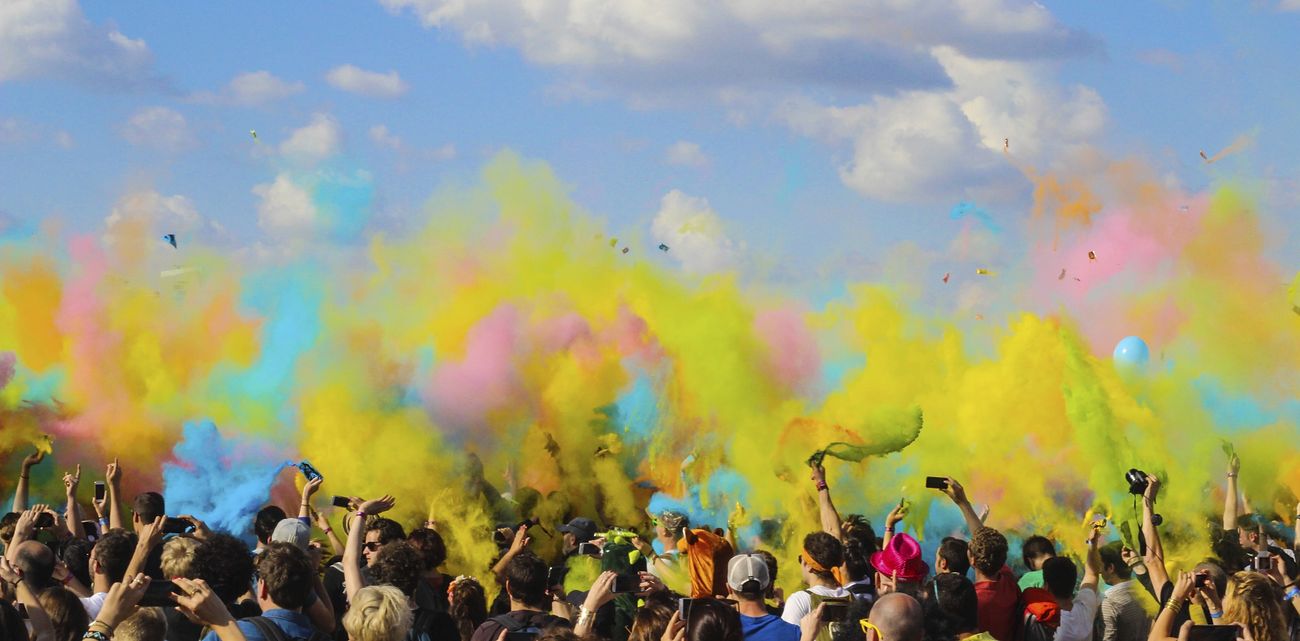Tackling Unconcious Bias in the Workplace
At its most basic level, unconscious bias is the idea that we all have unconscious preferences for specific people or things. This can be based on race, gender, age or any number of other characteristics that we might not even know about ourselves. Unconscious bias isn’t always a bad thing — it can help us to make quick decisions in complicated situations. However, if left unchecked it can lead to discrimination and exclusion of people who are different from us in some way (e.g., gender or disability).
Why does unconscious bias occur?
Biases are a natural part of the human mind. They are formed from our experiences, whether we have learnt them from parents, teachers, or peers. They can be positive or negative and influence how we evaluate people, situations, and objects.
Bias is rarely intentional or malicious; instead, it’s often a product of unconscious thoughts or feelings that we’re not aware of having. Sometimes these biases can be helpful (e.g., when you hear someone speaking English with an American accent you might assume they’re well-travelled or have a negative reaction to them), but other times they can stop us from seeing things clearly (e.g., if someone doesn’t immediately recognise your accent you may feel like they aren’t interested in what you have to say).
Several factors contribute towards bias occurring:
- We’re all different – everyone has different backgrounds, attitudes, and beliefs so there’s no such thing as a “normal” person; this means there will always be differences between people too.
- Our minds remember more about things that affect us emotionally – for example, if something makes us angry, we tend to remember those events better than ones which don’t affect us emotionally
How can you recognise unconscious bias?
- Recognise your own biases.
- Observe your behaviour.
- Ask others for feedback on it.
- Use a tool to help you identify your biases: for example, the Implicit Association Test, which was developed by Harvard University to measure unconscious bias and is available online at https://implicit.harvard.edu/implicit/.
How do I know if I am unconsciously biased?
Unconscious bias can be difficult to notice and challenging to change. Still, there are ways you can reduce its impact on your workplace, from seeking out feedback from others and learning about their biases to trying to be aware of your own biases and the biases of others. For instance, looking at someone’s name and making assumptions about who they are and where they are from.
How to reduce unconscious bias
It’s not something that you are doing wrong or something your boss is doing wrong. It’s just part of human nature for us to make assumptions about people based on their demographic labels (race, gender and so on). For example, when you see someone who looks like the stereotype of a CEO at work (white male), it’s natural for your brain to think: “this person didn’t earn this role”. This can have harmful effects if you’re not careful and may have a detrimental effect on your working and personal relationships.
Unconscious bias is also not just about race or gender—it can apply to any number of characteristics like age, nationality or even weight! We all have unconscious biases as humans because our brains need shortcuts when making decisions quickly, so they use stereotypes as shortcuts. It’s one way our brain makes sense of the world around us but sometimes these shortcuts lead us astray and cause negative outcomes which result from an overreliance on stereotypes rather than actual information known about each person’s skill set.
Learn more about Understanding Equality and Diversity with a Professional Development certificate.


